Thinking of having a unique pet? Here are a few interesting profiles:
Ferrets

Ferrets have been kept as household pets for more than 2000 years & are commonly used for hunting or “flushing out” rabbits. They are social animals so it is better to house them in pairs rather than alone. It is, however, crucial that both ferrets be desexed before housing them together. They are considered ‘obligate carnivores’ which means they should eat a good quality meat-based diet, made especially for ferrets. They are most active around dusk & dawn & have a high metabolism which means they need to have food available at all times. It is also important that our pet ferrets receive routine health checks, vaccinations & flea & worm prevention, just like our cats & dogs.
Guinea Pigs
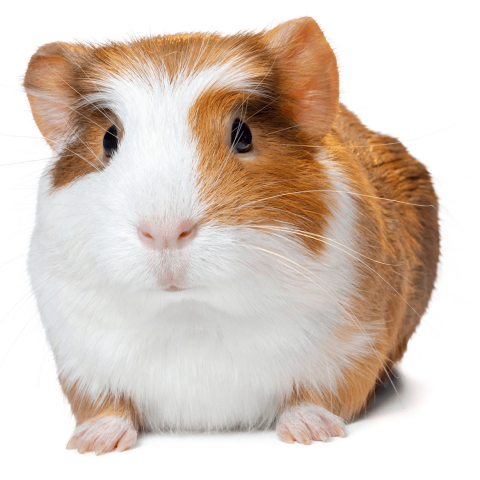
Guinea pigs, or cavies, are friendly, intelligent, inquisitive little pets. They can live up to 10 years & like most other pets they require attention & commitment to ensure they stay happy & healthy. Guinea pigs are social animals who prefer not to live alone. They should be housed in pairs or small groups, but never kept with rabbits. If keeping male & female guinea pigs together it is important to ensure the males have been desexed to eliminate unwanted breeding. Guinea pigs are herbivores & should be fed a variety of hay, fresh grass, leafy green vegetables & herbs, broccoli, high-quality guinea pig pellets & have fresh water available at all times. You should also provide your guinea pig with a chewing log to help wear down their teeth & keep the teeth in good condition. A guinea pigs enclosure should be at least 1-metre wide x 1-metre long x 0.7 metre high. If you have 2 guinea pigs, this should be doubled. They do not like extremes in temperature so need to be well shaded & kept cool in summer & in a warm sunny place, protected from wind & rain in winter.
Hermit crabs
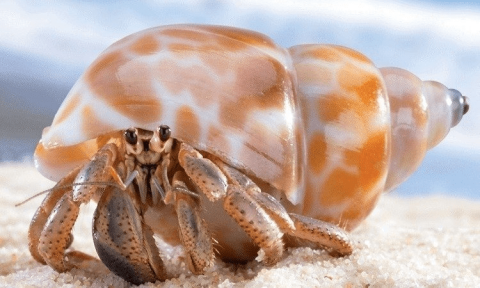
Hermit crabs make wonderful pets & are relatively easy to look after. Hermit crabs have evolved to be able to live on land & use empty shells as their homes & for protection against predators. They love to have company so having multiple crabs in the one tank is a must. Hermit crabs need a warm humid climate to survive. Your tank will need to have a heat source at one end & a thermometer to monitor the temperature constantly. They prefer the temperature to be around 30 degrees, it must not drop below 20 degrees & the humidity level needs to be around 50-70%. Hermit crabs should be fed a special hermit crab food as well as fruits, cereals & coconut. They need to have fresh water available at all times for drinking & saltwater for bathing. They are very adventurous little creatures who love to climb! So make sure you provide them with lots of pieces of driftwood to keep them entertained & make sure the tank has a proper fitting lid to avoid any escapees. Something to keep in mind is that hermit crabs are nocturnal, so they are most active during the night. With the right carer, your hermits can live up to 15 years.
Giant Burrowing Cockroach
Australia’s Giant Burrowing Cockroach is the heaviest of all the cockroaches around the world, weighing up to 35g & yes, they can be kept as pets. These cockroaches are low maintenance & easy to care for. They can be kept in glass or plastic tanks no smaller than 30cm x 30cm x 30cm, with 10cm of sandy soil in the bottom & lots of bark & leaf litter for them to burry in. These cockroaches can live for up to 10 years & will grow to be around 75mm long. They eat dried gum leaves, fruits & vegetables.
Eclectus Parrots
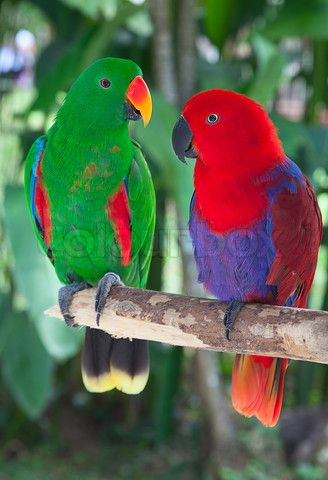
Eclectus parrots are strikingly beautiful birds, with the females being bright red & the males being a vibrant green. They have a lifespan of approximately 40 years, so if you are considering one of these gorgeous parrots, know that you are making a life-long commitment. Typically, the females are feistier, while the males are more docile & laid back. They are a very chatty parrot & can be taught to speak & sing. Eclectus parrots are also very intelligent & required a lot of stimulation & enrichment. If you are time-poor, these are not the birds for you. Eclectus parrots should be fed a specialised pellet based diet as well as a variety of fresh fruits & vegetables like mango, banana, kiwi fruit, watermelon, carrot, corn & sweet potato.
Please keep in mind, that in NSW you need a license to own an Eclectus Parrot.
Bearded Dragon
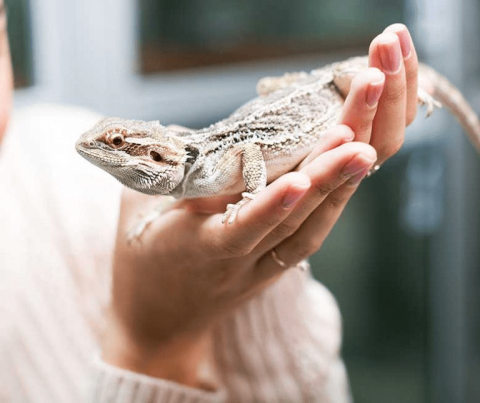
Bearded dragons can live between 10-15 years in captivity & depend on the type, will grow to be 20-60cm long. They can be fed a pelleted diet, as well as live insects, fruits & vegetables. For one adult bearded dragon, you will need a timber or glass enclosure at least 90x45x60cm, with a properly fitting lid. The enclosure can be furnished with a basking rock or log, background, artificial plants & food & water dishes. An absorbent substrate is also important such as fine-grade reptile safe desert sand or artificial grass repti-mat. To ensure health & wellbeing, bearded dragons require a hot basking spot maintained between 35-40 degrees & the coolest area of the encloser should not fall below 18-21 degrees at night. Temperatures should be checked daily & be regulated with the use of a good quality thermostat. As with all reptiles, it is important to maintain high standards of cleanliness & hygiene within the dragon’s enclosure.
Please remember that in NSW you require a license to keep bearded dragons.
Stick Insects
With a generously sized enclosure, a good supply of fresh leaves & a comfortable tropical temperature, stick & leaf insects will feel right at home. There are several different types of stick & leaf insects that can be kept as pets. They vary in size but can grow up to 20cm long, live for 12-18 months & survive of a diet of pellets, meats, fruit & veggies. Stick insects love a couple of hours of good afternoon sunlight, but should not be house in direct sun. Stick insects are happiest living in a temperature between 22-26 degrees. Warmer temperatures will speed up a stick insects growth rate, while colder temperatures will stunt their growth. They are fairly low maintenance, easy to care for pets.
Axolotl (Mexican walking fish)
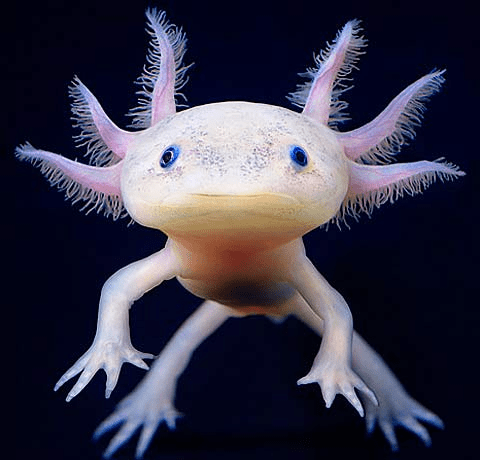
Axolotls are a unique type of salamander, who live their entire lives underwater. They come in a range of colours including black, grey, golden, white or albino. A fully grown axolotl can be anywhere from 15-25cm long & can live for 10-12 years. Axolotls are not very social animals & will do best if kept in a tank on their own. Due to their size, they need a relatively large fish tank or aquarium with an adequate filter, to live in. The tank should be kept in a cool room away from bright sunlight, with the water temperature being maintained at 14-20 degrees. Because axolotl’s do not have eyelids, they need to have something in the tank for them to hide under to protect their eyes from bright light, as well as some living plants. Axolotls are carnivores & require a meat-based diet. They should be fed a variety of live crickets, blood worms & axolotl pellets.